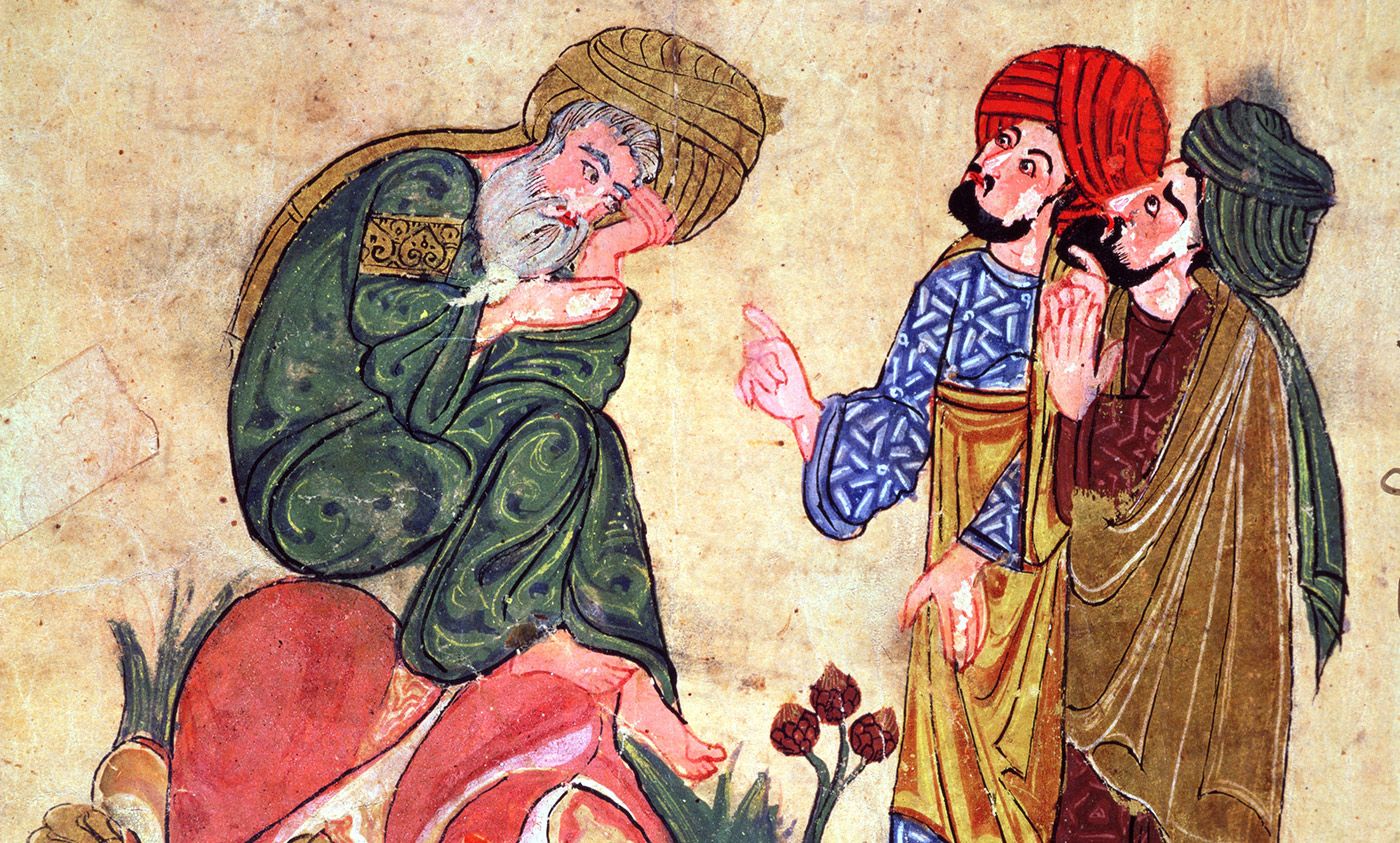Reference




OpenAI's Answer
Arabic translations played a crucial role in the development of science and philosophy during the medieval Islamic world. Here's a summary of the key contributions:
-
Preservation and Expansion: Arabic translations preserved Greek, Persian, and Indian scientific and philosophical texts. This preservation was not merely a copying effort; it involved significant scholarly engagement with these texts, leading to further development and expansion of ideas [Aeon].
-
Translation Movements: Two major translation efforts occurred. The first was in the 9th century under the Abbasid dynasty, transforming Arabic into a language of scientific learning. The work included translating Greek, Persian, and Indian texts into Arabic, which facilitated a broader exchange of knowledge [University of Chicago].
-
Influence on the Latin West: The Arabic-Latin translation movements introduced Arabic scientific and philosophical knowledge to the West. This exchange significantly transformed medieval Latin philosophical thought [Stanford Encyclopedia of Philosophy].
-
Acculturation and New Science: The translations were not just linguistic but also cultural; they adapted and synthesized foreign knowledge into the existing Arab intellectual framework, leading to new scientific advancements [Springer].
-
Scientific Revolution: The translation projects initiated by Abbasid caliphs like al-Mansur and al-Ma'mun laid the groundwork for the Islamic Golden Age, which sparked new scientific revolutions and advancements in various disciplines [LitHub].
These translations, therefore, not only preserved ancient knowledge but also revitalized and advanced it, having a profound impact on science and philosophy both in the Islamic world and beyond.